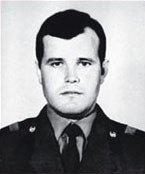
Getty What's the real story of Chernobyl? See photos of Chernobyl today.
Chernobyl, the new HBO miniseries, is riveting a lot of people with its human stories amidst nuclear disaster and the coldness of the responding Soviet government apparatus.
As almost everyone knows, Chernobyl was a real-life nuclear power plant in Ukraine, during the era of the old Soviet Union. Its reactor exploded in 1986, killing dozens of people, sending radiation into the air, and requiring the evacuation of a large 1,000-square-mile “exclusion zone.”
Some of the characters in the HBO version of Chernobyl are real, and others were fictionalized or amalgamations of real people. The script was informed in part by Svetlana Alexievich’s Voices from Chernobyl: The Oral History of a Nuclear Disaster.
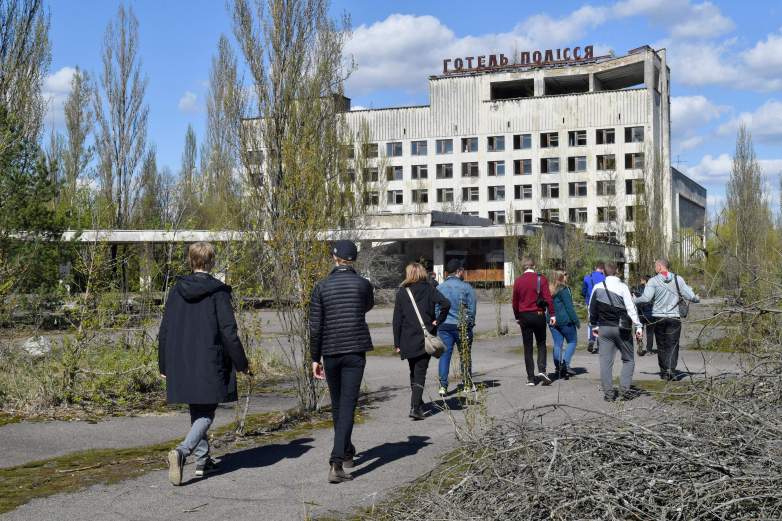
Tourists walk in the ghost city of Pripyat located near Chernobyl Nuclear power plant, during their tour to the Chernobyl exclusion zone on April 23, 2018.
Here’s what you need to know about what’s real – or not – in Chernobyl, the miniseries. According to Screenrant, the miniseries used real Soviet-era buildings but was filmed Lithuania and Ukraine – but not at the actual site.
Valery Legasov
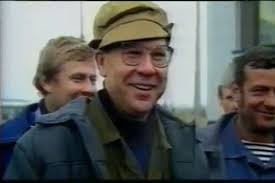
Valery Legasov
In the miniseries, Valery Legasov is a Soviet chemist who, alone, at first, stands up to Soviet apparatchiks who are determined to downplay the disaster. He’s dispatched by Gorbachev to deal with Chernobyl. Legasov is played by Jared Harris in the HBO show. He’s the Deputy Head of the Kurchatov Institute for Atomic Energy. But was Valery Legasov a real person?
Yes.
The real Legasov didn’t live long after the disaster; he died in 1988 at the age of 51. According to The New York Times obituary for him, Valery A. Legasov was a “physical chemist who headed the commission that investigated the Chernobyl nuclear power accident.”
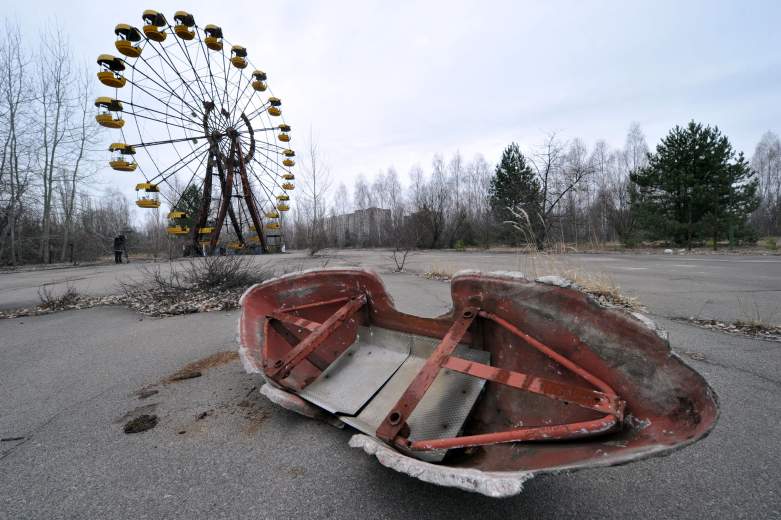
chernobylA ferris wheel and leisure boat are pictured in a park in the ghost city of Pripyat on April 4, 2011.
“His foreign colleagues in nuclear power research had praised his openness in discussing the causes and effects of the Chernobyl accident, in contrast to the initial Soviet delay in releasing information about it,” the Times reported, adding that the Soviets did not provide a cause of death when Legasov first died. He was described as the “first deputy director of the I. V. Kurchatov Institute of Atomic Energy and a member of the Presidium of the Soviet Academy of Sciences.”
It later emerged that Legasov committed suicide.
According to Nuclear Engineering International, the real Valery Legasov did leave behind memoirs, “which he had dictated into a recording machine in the period since the accident.” Legasov concluded that the Chernobyl disaster was “apotheosis of all that was wrong in the management of the national economy and had been so for many decades,” the NEI article stated.
His memoirs also expressed concern about the Soviet nuclear industry. He believed “there was a marked shortage of control and diagnostic systems,” says the system, making him a whistleblower of sorts. According to his Los Angeles Times obituary, “Soviet scientific sources in Moscow have said Legasov felt he was somehow to blame for the accident.”
Boris Shcherbina
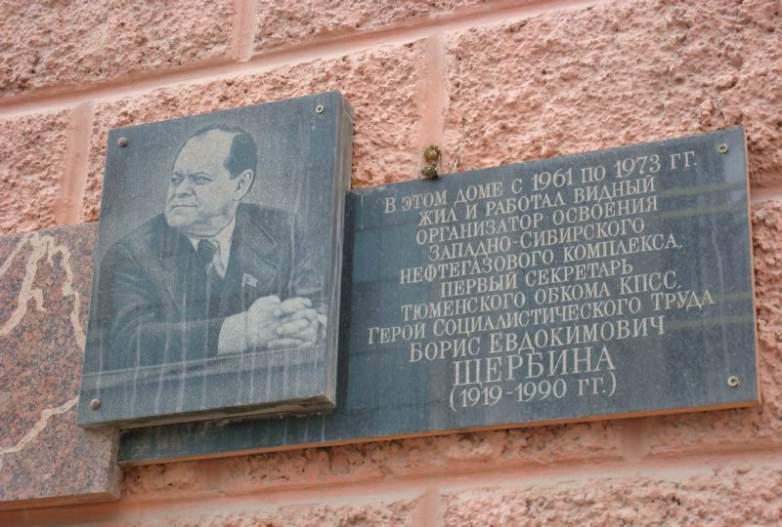
Boris Shcherbina
Boris Shcherbina is the party official who initially tries to downplay the disaster but then teams up with Legasov to try to do something about it. He’s Gorbachev’s Minister of Energy, and he’s played on HBO by Stellan Skarsgård.
He’s a real person.

GettyHow many people died at Chernobyl?
According to the NEI article, “At Vnukovo airport Legasov found out that the leader of the commission would be Boris Shcherbina, deputy Chairman of the Council of Ministers and head of the Bureau for Fuel and Energy.”
History.com reports that Scherbina “deputy head of the Soviet government and chairman of the high commission, was summoned from a business trip to Siberia and sent to Ukraine. He arrived in Prypiat,” the community nearest to Chernobyl plant. The article says that the disaster’s scope was not being grasped, but Scherbina brainstormed ideas to stop the radiation, considering and discarding a plan to use water on the plant.
Eventually Scherbina ordered a delayed evacuation of Prypiat after being urged to do so by scientists and others, History.com reports.
Ulana Khomyuk
Brilliant Belarussian nuclear physicist Emily Watson stands with Legasov as a person who gets the scope of the disaster. She’s played by Emily Watson in the HBO series. However, she’s not a real person. Instead, she’s a compilation of real people.
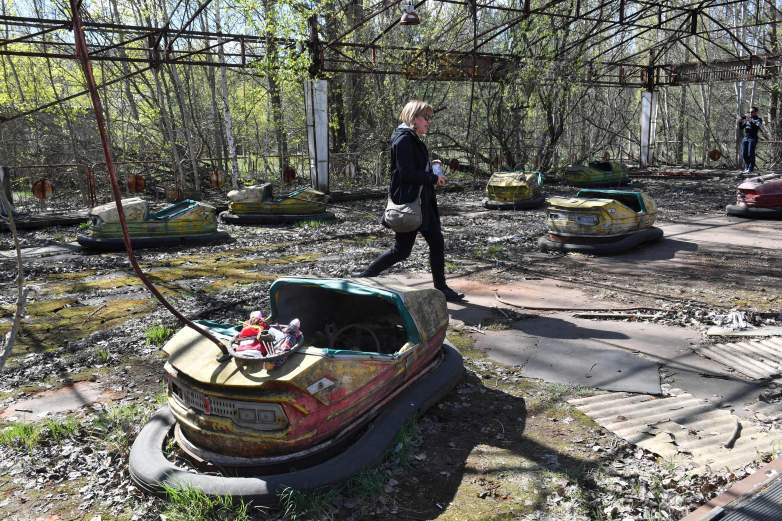
GettyTourist walk in an abandoned park of the ghost city of Pripyat located near Chernobyl.
Screenwriter Craig Mazin has said that Khomyuk’s character is an amalgamation of “…the hundreds of scientists that ultimately worked on the problem of Chernobyl,” according to Moscow Times.
Vasily Ignatenko
Legasov’s character represents the head of the miniseries; he’s logical, he uses his brain, and he’s not afraid to challenge the Soviet government’s misappropriation of facts. However, firefighter Vasily Ignatenko and his wife represent the miniseries’ heart.
They existed in real life.
The real Vasily Ignatenko was 25-years-old, one of the first firefighters on the scene, and he really did leave behind a pregnant wife (whose child died). He was one of 27 firefighters who died: Ignatenko lived for two weeks, according to Express.
His wife Lyudmilla told the Voices of Chernobyl author: “Every day I met a brand-new person.”
She continued: “The last two days in the hospital — pieces of his lungs, of his liver, were coming out of his mouth. He was choking on his internal organs. I’d wrap my hand in a bandage and put it in his mouth, take out all that stuff.”
What Really Happened at Chernobyl?
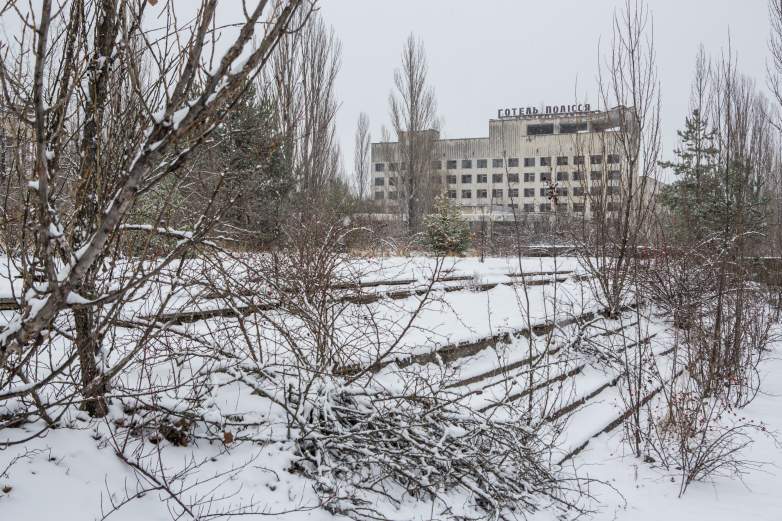
GettyA former hotel on the main square in the town of Pripyat, which was abandoned following the Chernobyl nuclear accident.
About 30 people, many of them firefighters, died shortly after the explosion. The number of people who died from the effects of radiation is disputed and may number in the thousands. You can see an analysis of how many people died here.
“The accident at the Chernobyl nuclear reactor that occurred on 26 April 1986 was the most serious accident ever to occur in the nuclear power industry. The reactor was destroyed in the accident and considerable amounts of radioactive material were released to the environment,” says the United Nations Scientific Committee on the Effects of Atomic Radiation.
This is what the committee says occurred at Chernobyl in real life:
The accident at the Chernobyl reactor happened during an experimental test of the electrical control system as the reactor was being shut down for routine maintenance. The operators, in violation of safety regulations, had switched off important control systems and allowed the reactor, which had design flaws, to reach unstable, low-power conditions. A sudden power surge caused a steam explosion that ruptured the reactor vessel, allowing further violent fuel-steam interactions that destroyed the reactor core and severely damaged the reactor building. Subsequently, an intense graphite fire burned for 10 days. Under those conditions, large releases of radioactive materials took place.
The United States Nuclear Regulatory Commission says that, on April 26, 1986, “a sudden surge of power during a reactor systems test destroyed Unit 4 of the nuclear power station at Chernobyl, Ukraine, in the former Soviet Union. The accident and the fire that followed released massive amounts of radioactive material into the environment.”
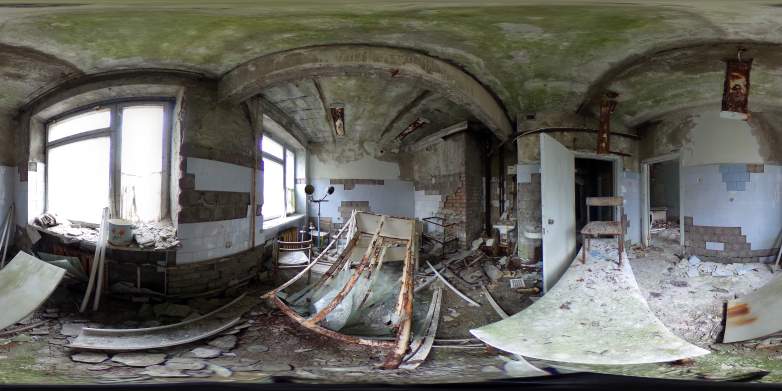
GettyChernobyl.
Many of the efforts to combat the explosion’s aftermath are drawn from real life. “Emergency crews responding to the accident used helicopters to pour sand and boron on the reactor debris. The sand was to stop the fire and additional releases of radioactive material; the boron was to prevent additional nuclear reactions. A few weeks after the accident, the crews completely covered the damaged unit in a temporary concrete structure,” the commission says.
It’s also true that a wide scale evacuation was ordered. “After the accident, officials closed off the area within 30 kilometers (18 miles) of the plant, except for persons with official business at the plant and those people evaluating and dealing with the consequences of the accident and operating the undamaged reactors. The Soviet (and later on, Russian) government evacuated about 115,000 people from the most heavily contaminated areas in 1986, and another 220,000 people in subsequent years,” says the commission.
